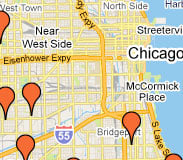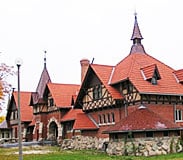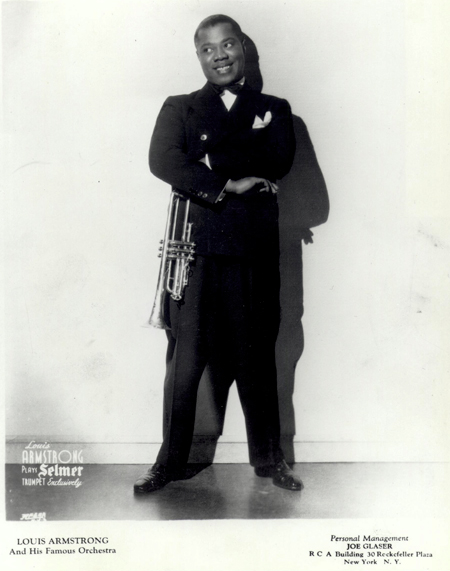The neighborhood that is today known as Bronzeville began as a site for wealthy Chicagoans who wished to reside outside the congestion and chaos of the Loop, but by the 1920s it was the hub of Chicagos thriving African-American community. Throughout the late 19th century, Bronzeville attracted middle- and working-class whites but only a small African-American population. It was not until the Great Migration (1916-1920) that large numbers of blacks moved into the community. More than 50,000 blacks from Southern states migrated to Chicago, many settling in Bronzeville and neighboring Douglas.
The community was re-named "Bronzeville" and became a national model of African-American achievement.
Liberty Life Insurance, the first black owned-and-operated insurance firm in the North, was located on Grand Boulevard. On nearby State Street, a former slave named Anthony Overton established the Overton Hygienic Company. Overton Hygienic was one of the largest cosmetic firms serving the needs of African-Americans. As Overton expanded his business ventures, he brought a bank, an insurance agency, a publishing company, and The Chicago Bee newspaper into the community. The most famous and influential newspaper serving the black community was also based in Bronzeville. The Chicago Defender has historically covered controversial topics and championed racial equality.

Bronzeville Neighborhood
Numerous black artists, musicians, writers, and intellectuals took up residence in Bronzeville, creating a metropolis for African-American culture and history. Historic figures such as Oscar DePriest (the first African-American congressman elected to the House of Representatives from a Northern state ), Ida B. Wells, boxer Jack Johnson, and Dr. Daniel Hale Williams (the African-American surgeon who performed the worlds first open heart surgery in 1893) all resided in Bronzeville. The Sunset Café showcased jazz legends including Louis Armstrong, Earl "Fatha" Hines, Cab Calloway, and Bix Beiderbecke. Another entertainment institution was the Regal Theatre, where residents could hear such music greats as Duke Ellington, Count Basie, Ella Fitzgerald, Billie Holiday, and Lena Horne. Right next door to the Regal was the Savoy Ballroom, the former home of the Harlem Globetrotters. The worlds first gospel choir was formed at the Ebenezer Baptist Church by Thomas A. Dorsey. And Walter T. Bailey, Illinoiss first licensed African-American architect, designed The First Church of Deliverance in 1939.
The growth of the Bronzeville community came to a halt as the Depression began to impact the Midwest. Banks along Grand Boulevard closed in 1930, creating first a sense of frustration and, later, panic among residents. The magnificent boulevard quickly deteriorated as businesses closed, unemployment rose, and poverty consumed the neighborhood.
The Michigan Boulevard Garden Apartments, also known as "The Rosenwald," was the citys first experiment with subsidized housing. Unlike later housing projects in the city, The Rosenwald had a reputation for being a safe and desirable place for families. The facility has been vacant since 2000.
Chicago became the first city in the country to name a street after Dr. Martin Luther King, Jr. Grand Boulevard had been renamed South Parkway, and then became Martin Luther King Jr. Drive in 1968. The drive features a tribute to the Great Northern Migration and a monument honoring the 8th Regiment, a unique military unit where African-Americans served as both soldiers and officers going back to the Spanish-American War.
Recently, there has been a push to redevelop the Bronzeville neighborhood. In 1998, the City of Chicago designated the neighborhood as the Black Metropolis-Bronzeville Historic District. An example of redevelopment is the Harold Washington Cultural Center, built in 2004. It has provided the community with a state-of-the-art space for preserving African-American art and culture.








